|
In this week's blog post we want to present you a series of interesting images of Memphis International Airport taken in the period 1940-1990. Some of the images are very rare. Others you might have seen on the web, but certainly not in the quality depicted here. Enjoy!
This is an updated and expanded version of a blog post that was originally posted in March of 2021.
A 1940s ramp view of Memphis. Four DC-3 aircraft of Chicago and Southern Air Lines (C&S) are parked on the ramp. C&S was merged into Delta Air Lines in 1953.
The Memphis Municipal Airport, consisting of three hangars and a sod field runway, was dedicated on June 14, 1929. A modern terminal was built in 1938 to meet the demands for increased commercial passenger service. When the United States entered World War II, the U.S. Army assumed control of the Memphis International Airport facilities, halting further expansion and progress until 1947, when the troops vacated the airfield and existing facilities were enlarged.
The passenger terminal in 1962. After the war, the terminal was gradually expanded, but by the late 1950s, it was clear that the facilities were not geared toward the needs of the Jet Age.
Thus, in 1956, a new Airport Planning Commission was formed to prepare for the design and construction of a new airport terminal.
An exterior view of Memphis Airport's brand new terminal building, looking south. It was designed by Memphis-based architect Roy Harrover and cost USD 5.5 million to build. The terminal was inaugurated on June 7, 1963. On the occasion, Memphis Municipal Airport was renamed Memphis Metropolitan Airport. That year, Memphis handled just over 1 million passengers. 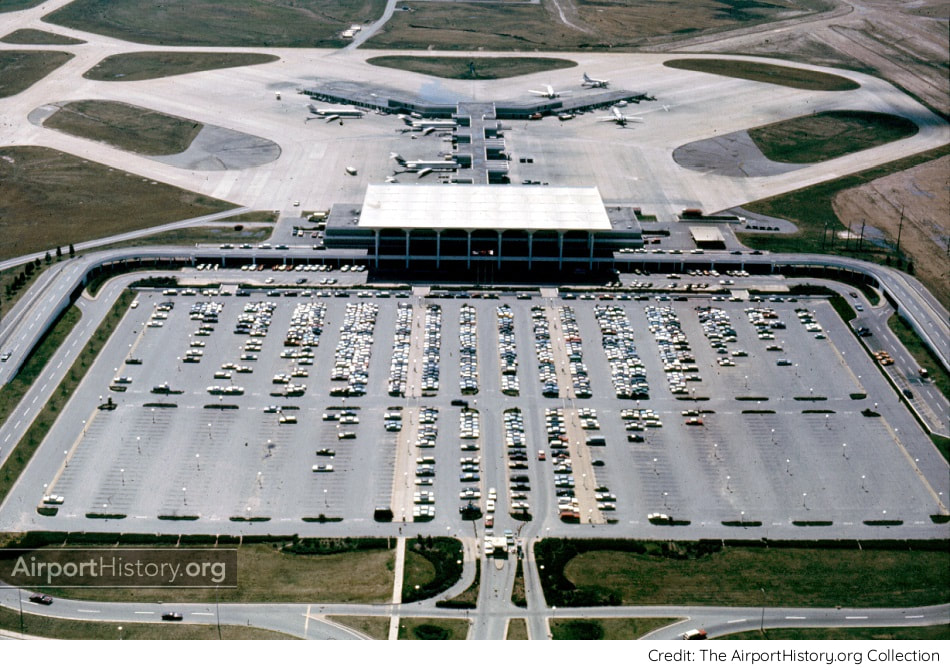
An aerial view taken looking south. The main part of the "Y"-shaped boarding concourse boasted seven gates equipped with boarding bridges. The two upper sections of the "Y" concourse featured simple, single-level structures with an another 15 gates.
A 1963 interior view of the brand-new terminal building, looking east.
Want more stunning airport photos & stories?
Sign up to our newsletter below to know when new content goes online 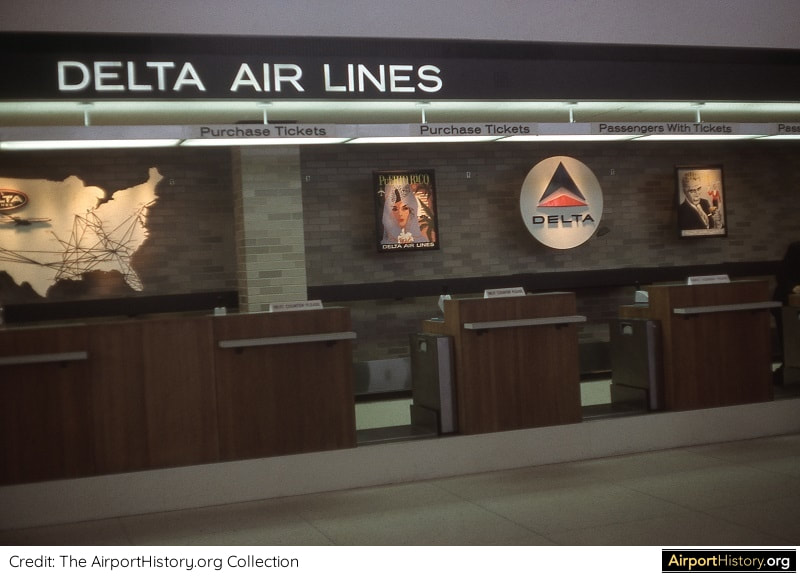
The modern and stylish Delta Air Lines ticketing desk. The six other airlines that served Memphis in 1963 were: American, Braniff, United, Eastern, Southern and Trans-Texas--the latter two being local service carriers.
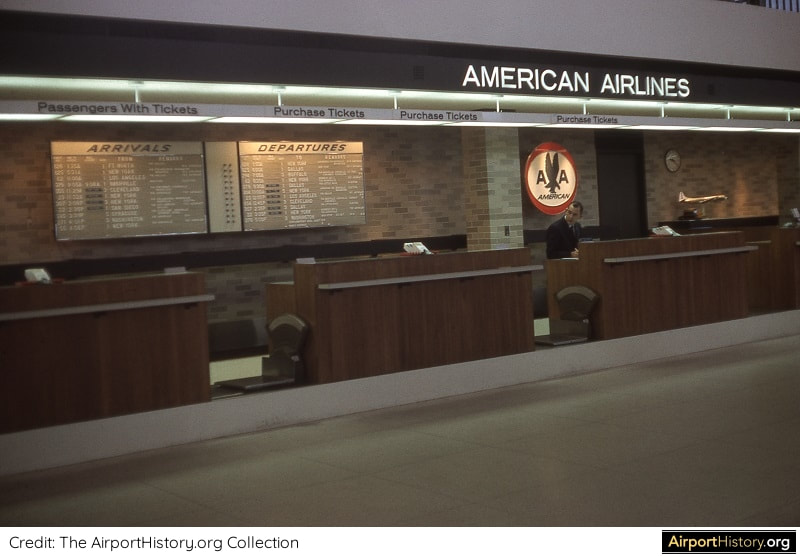
The American Airlines ticketing desk.
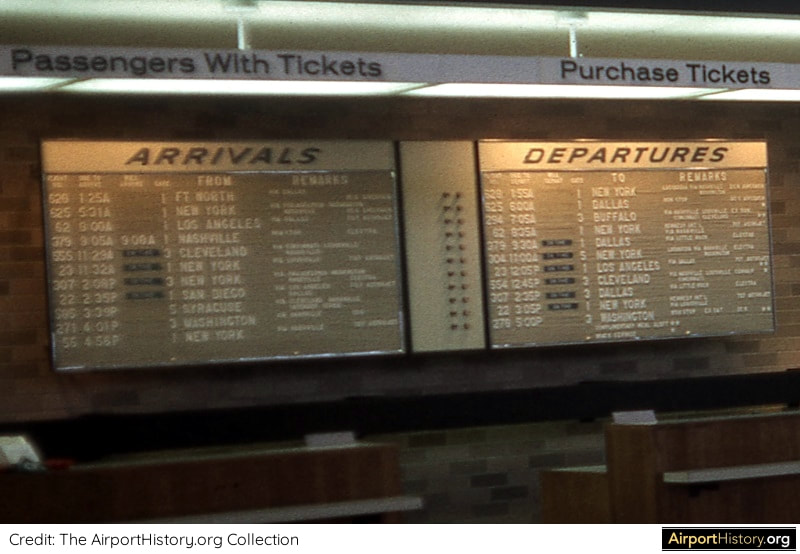
As this enlargement of the flight schedule shows, American was a sizeable player in Memphis in the days before deregulation.
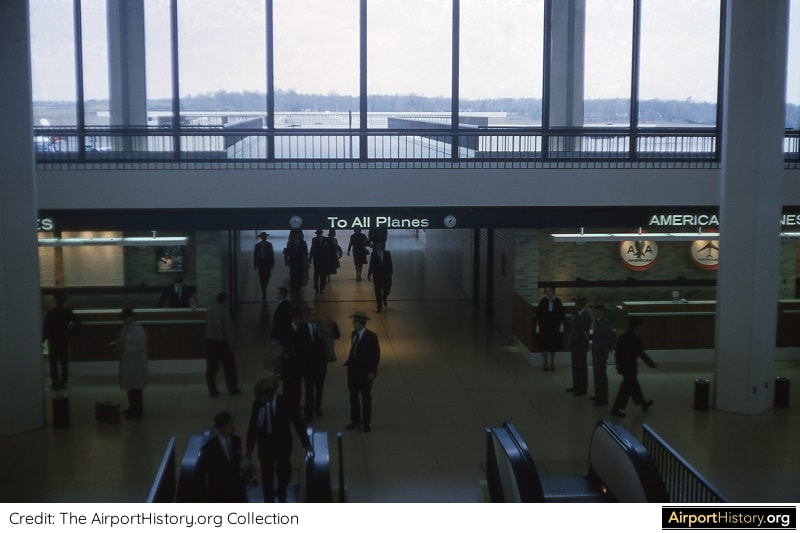
Looking toward the boarding concourse. Contrary to nowadays, boarding concourses in those days were mere corridors, containing just some seats. All commercial facilities were located in the main building.
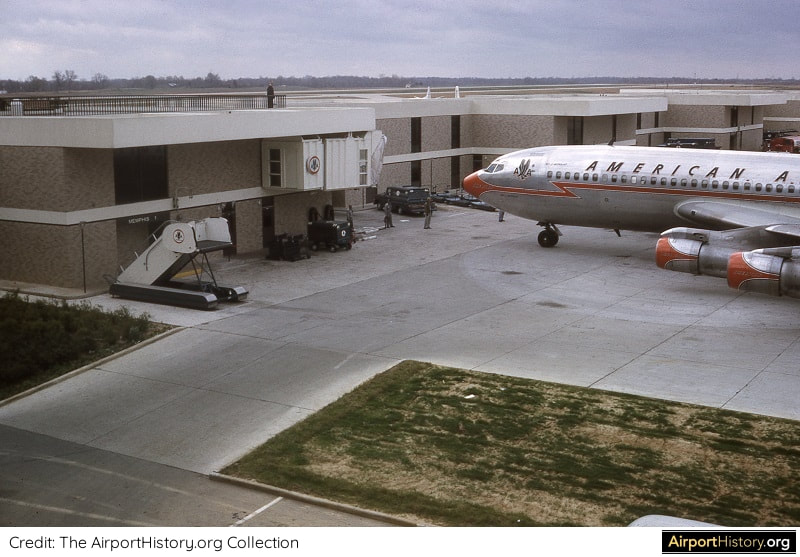
An American Airlines Boeing 707-120 pulls up to Gate 1. Memphis was one of the first airports in the US that was designed with jets and boarding bridges in mind. The gentleman up on the roof terrace is getting quite the view!
A 1974 exterior view of the passenger terminal looking west. In the late 1970s ground was broken for a USD 36 million expansion which would raise the number of gates from 22 to 54.
The passenger terminal was expanded with two sub-terminals and connecting concourses and extensions to the southeast and southwest concourses. The expansion, plus an international arrivals facility, was completed in 1976. In that year, Memphis handled 4.83 million passengers. During the terminal expansion a tunnel was made between the terminal area and cargo ramp to accommodate some form of rapid transit system when required. Do you know if this tunnel was ever put into use? Leave us a comment below!
Get items from this article for your personal collection!
Click the gallery below to get carefully restored, high-quality downloads for personal use. 
A high altitude aerial of Memphis International Airport taken in mid-1970s looking north. A parallel runway 17R/35L was opened late in 1972. The dual parallel runways were expected to meet the airport's needs well into the 1980s.
Note the old terminal building located north of the 1963 terminal. Also note the FedEx facilities, which at this time are still modest in size (see last image in this blog post).
Memphis' route network in 1980. You can find a high-resolution map in the 1980 annual report, which you can download here.
A late 1980s aerial when Northwest Airlines maintained a hub at the airport. In 2008, Delta Air Lines acquired Northwest, and decided it only needed one hub in the South, its own base in Atlanta. The decision cost Memphis much of its passengers: from more than 11 million in 2007, the last full year before the merger, to 4.5 million passengers in 2019, the year before COVID-19. 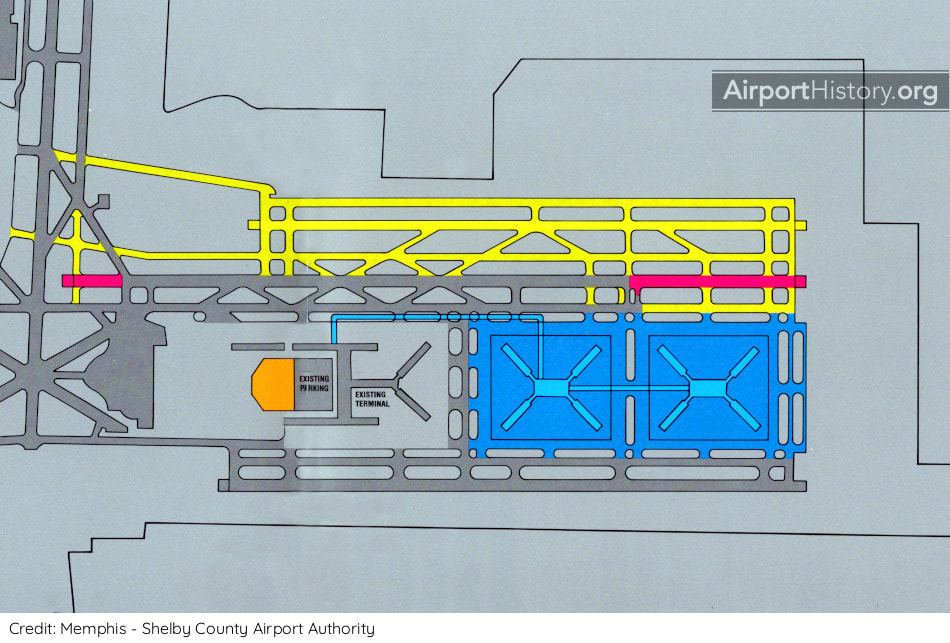
A snapshot of the 1986 Master Plan. The Master Plan envisaged the construction of a third parallel runway, which opened on June 30, 1997, as well as the construction of two midfield satellite passenger boarding concourses, which were never built.
You can find more information about the Master Plan in the 1986 Annual Report, which you can download here. 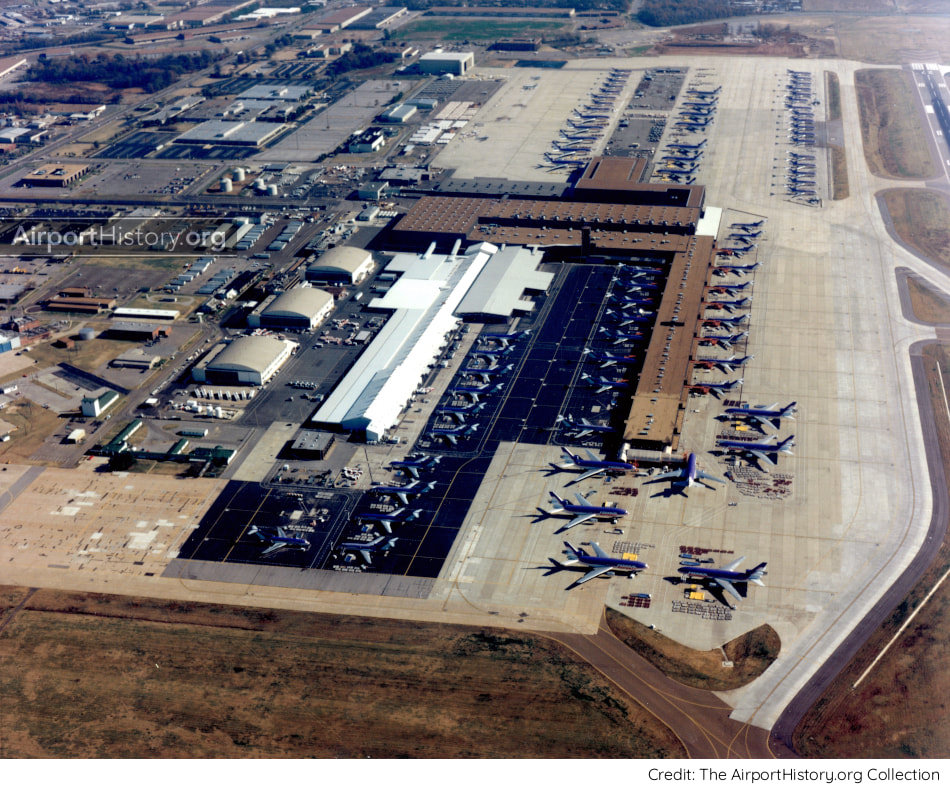
The FedEx area (then Federal Express) in the north of the airport, photographed ca. 1988 and looking east. The company began operations in Memphis on April 17, 1973. That first night, 14 aircraft delivered 186 packages to 25 US cities.
Originally founded in Little Rock, Arkansas, FedEx chose Memphis as its hub for the following reasons: it is centrally located in the US; the airport rarely closed because of bad weather; the airport was willing to make improvements for the operation; and additional hangar space was readily available.
We hope you enjoyed our little glimpse of Memphis International Airport in the golden days! Do you remember Memphis as a bustling hub? Share your memories in the comments below!
Want to do more reading on Memphis? Here's an interesting NYT article from 2018 about the demise of MEM as a hub and its subsequent reconstruction.
More airport stories: click here
Get items from this article for your personal collection!
Click the gallery below to get carefully restored, high-quality downloads for personal use.
1 Comment
Greg
7/5/2022 17:49:44
Thank you for sharing these amazing photos! MEM was truly one of the "prototype" airport terminals of the jet age, and was definitely years ahead of its time. In my opinion, it is an architectural treasure, recalling a by-gone era when jet travel was a new and special occasion.
Reply
Your comment will be posted after it is approved.
Leave a Reply. |
With a title inspired by the setting of the iconic 70s film "Airport", this blog is the ultimate destination for airport history fans.
Categories
All
About me
Marnix (Max) Groot Founder of AirportHistory.org. Max is an airport development expert and historian. |

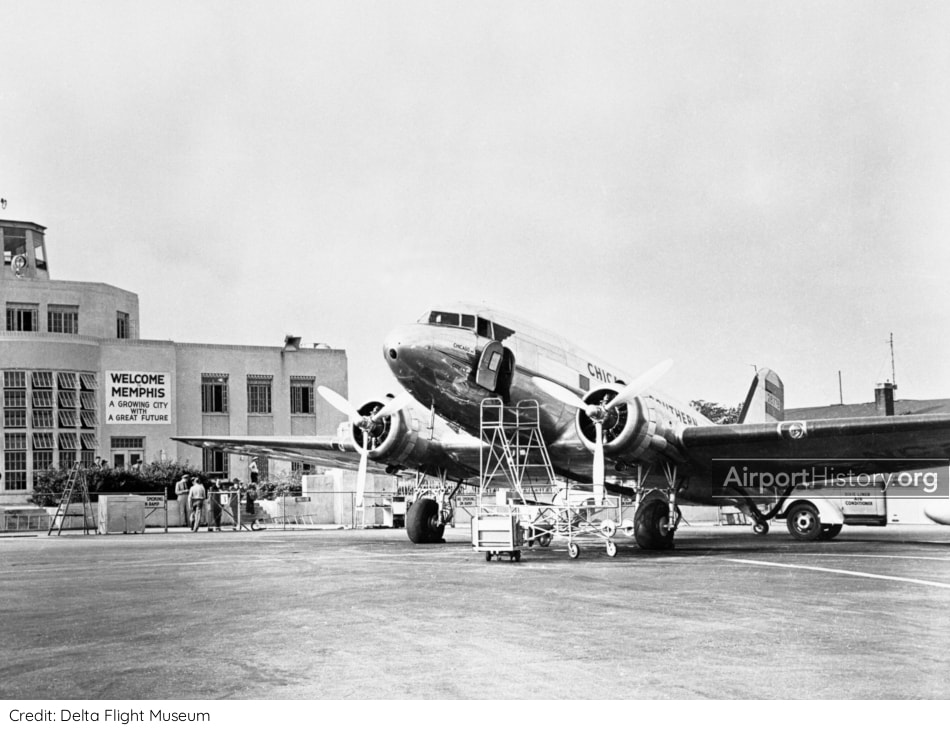
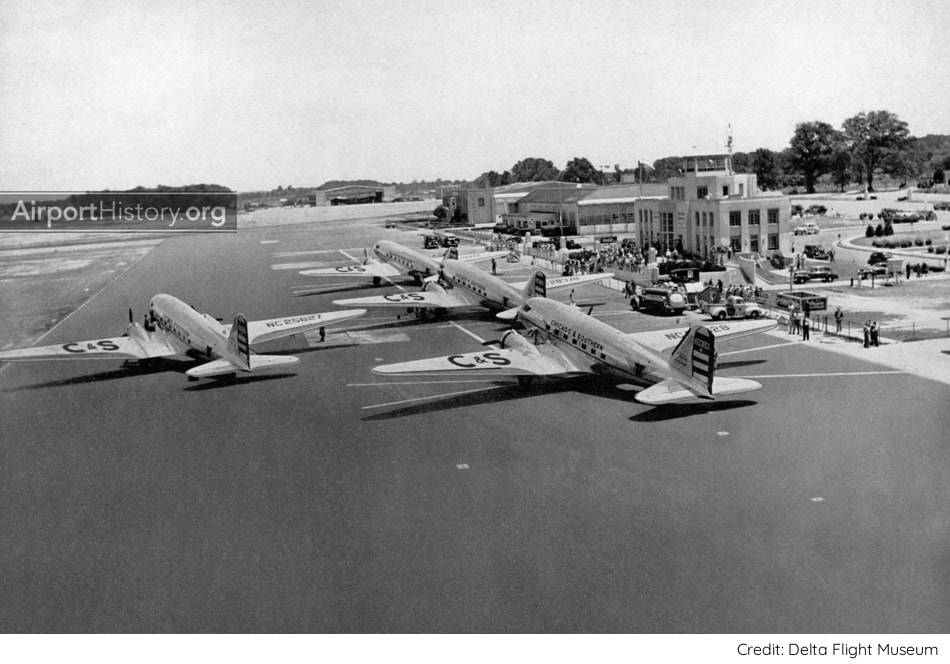
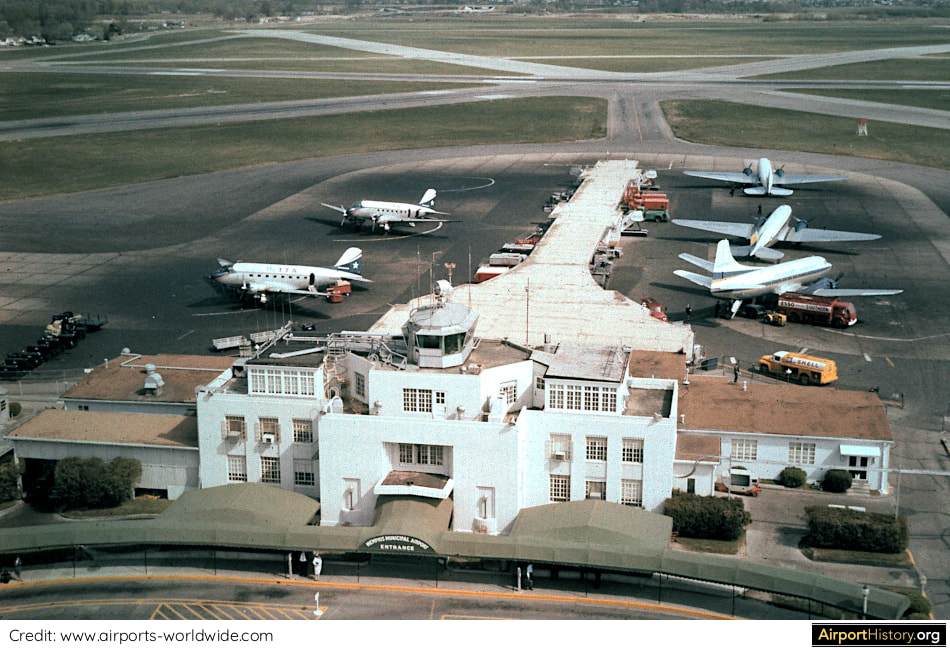
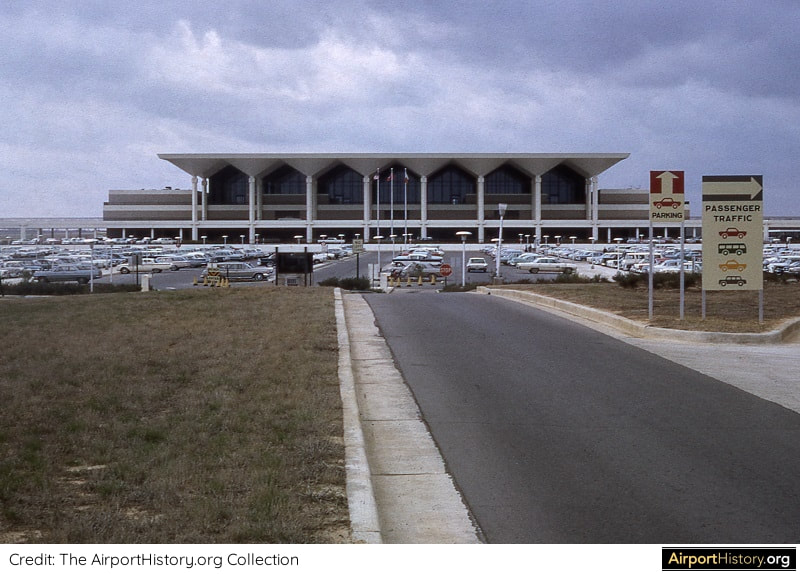
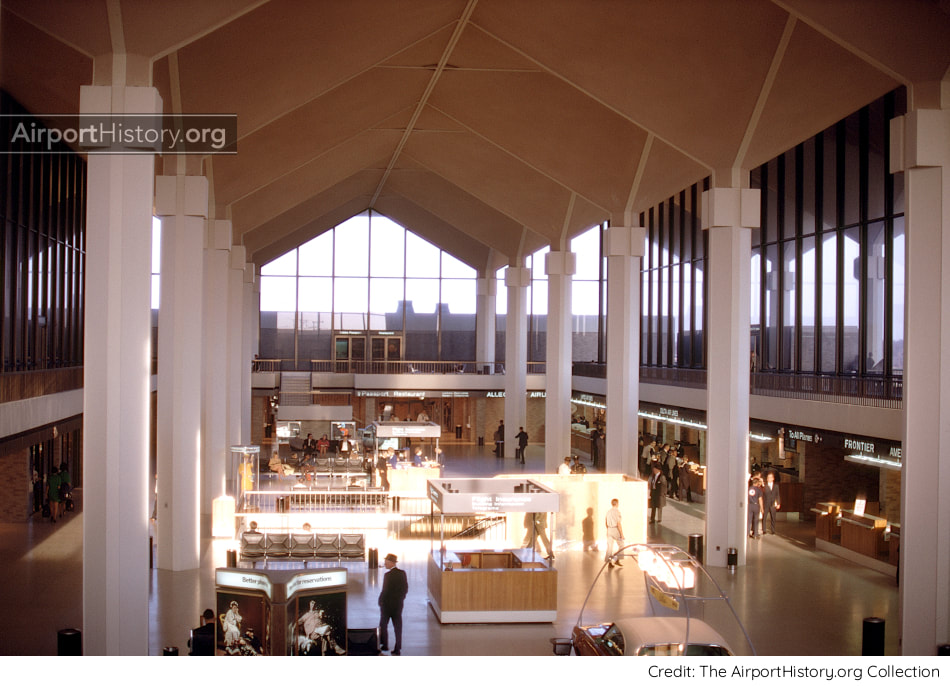
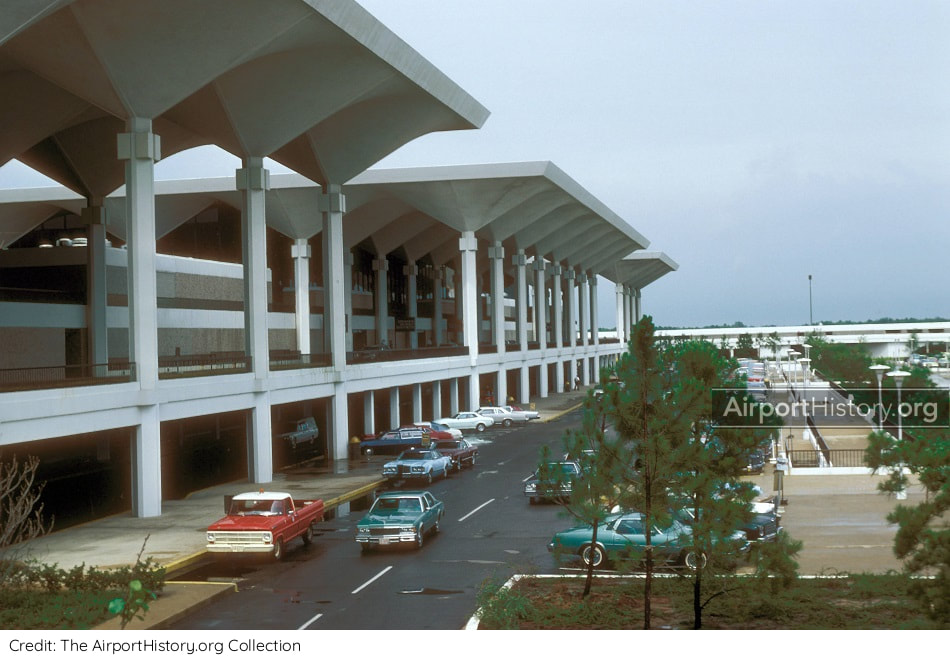
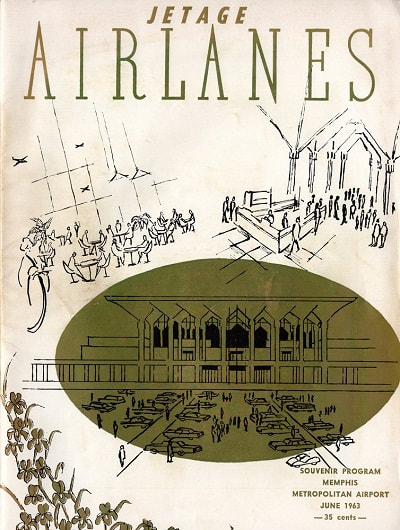
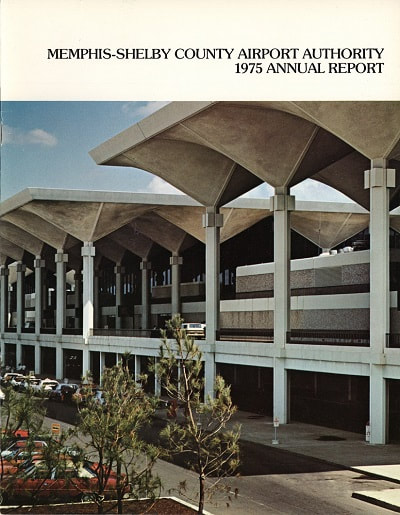
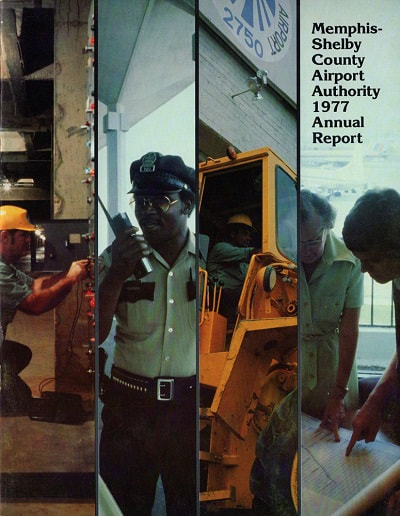
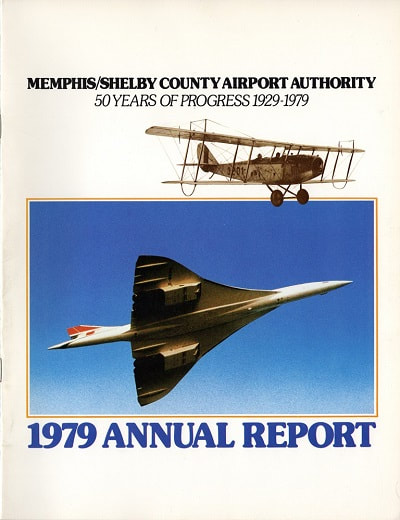
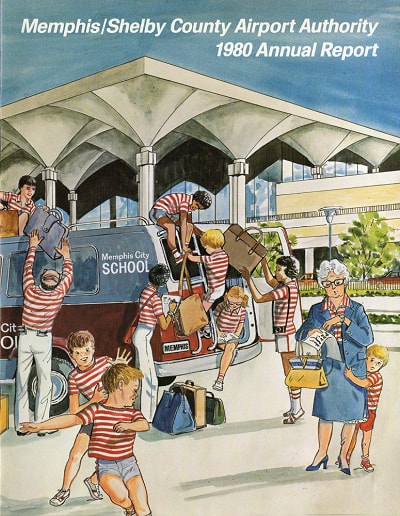
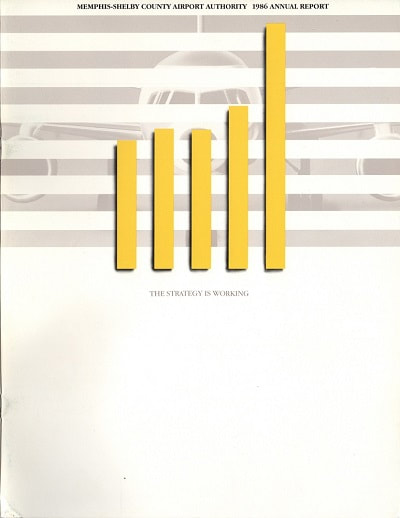
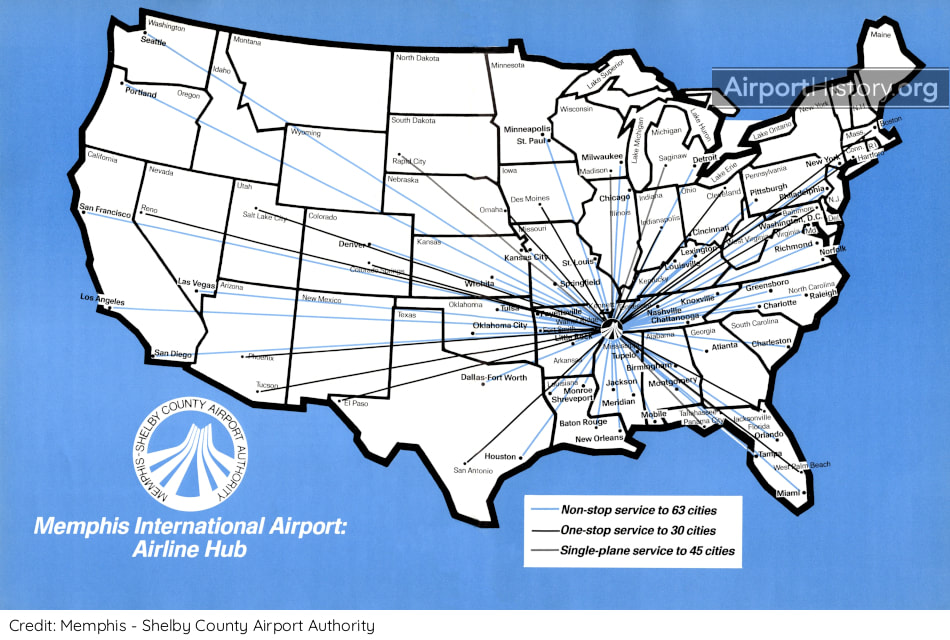
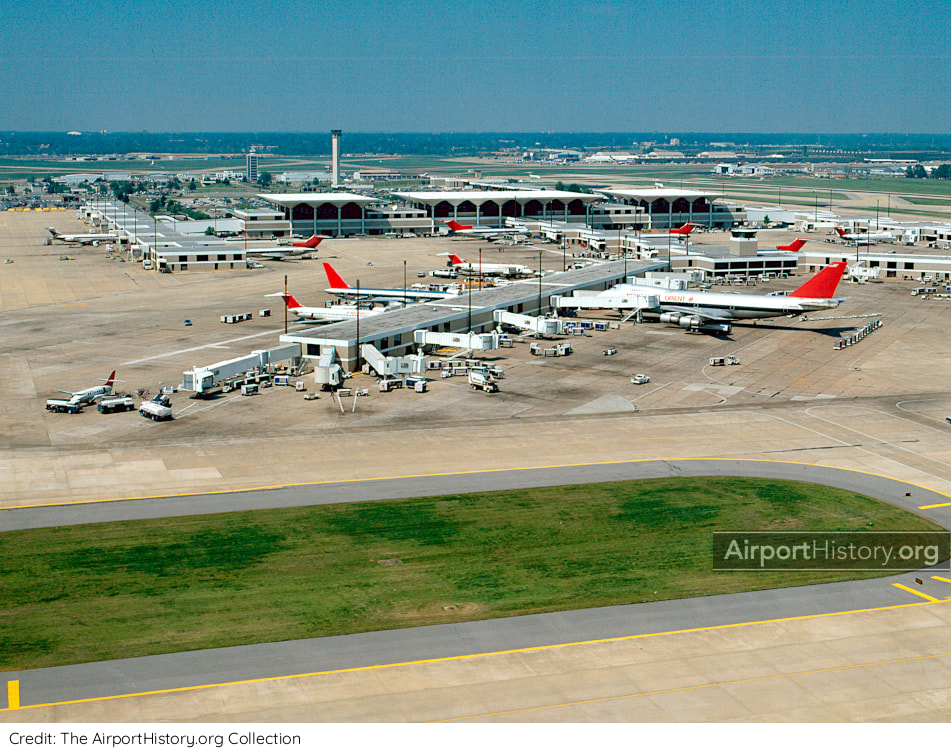
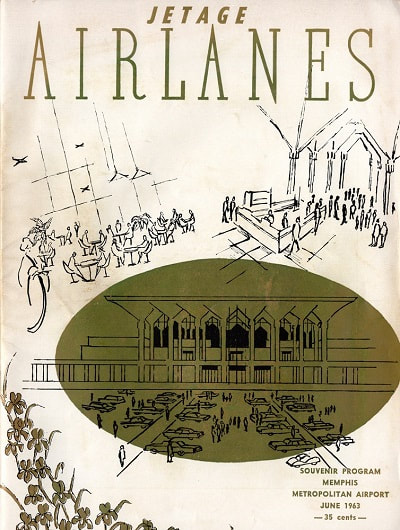
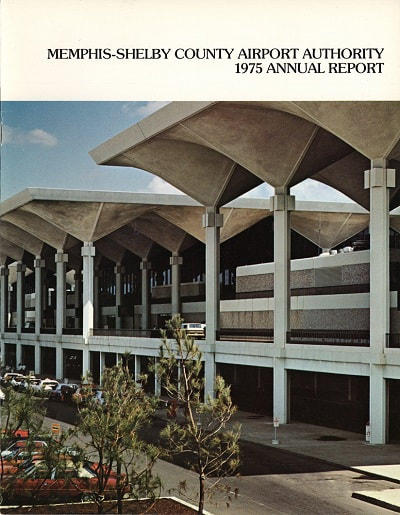
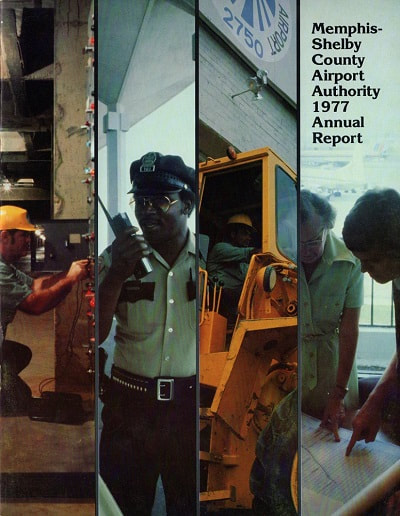
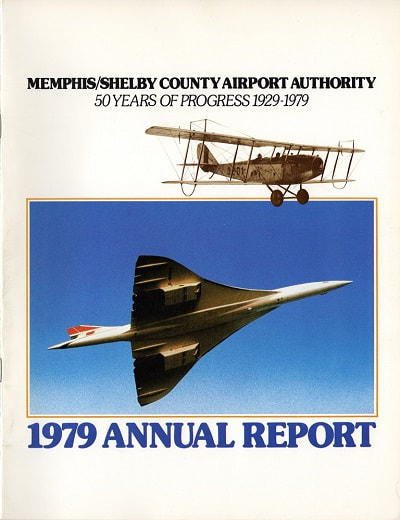
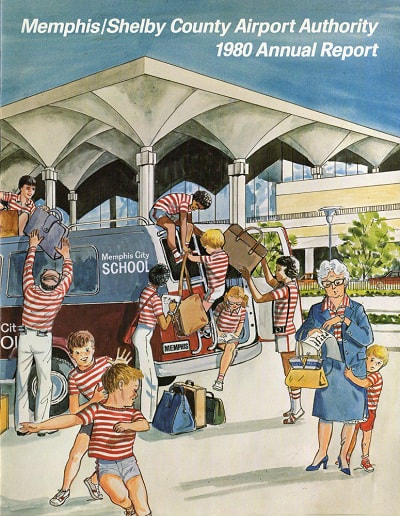
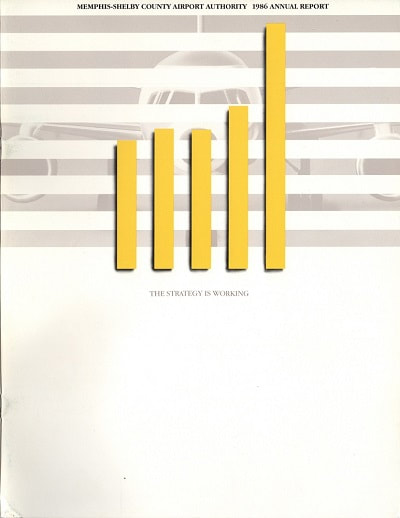
 RSS Feed
RSS Feed